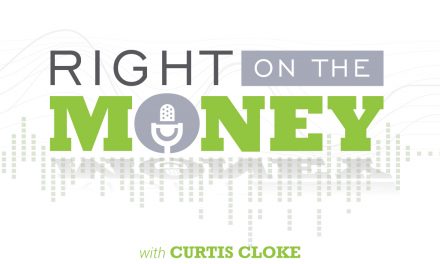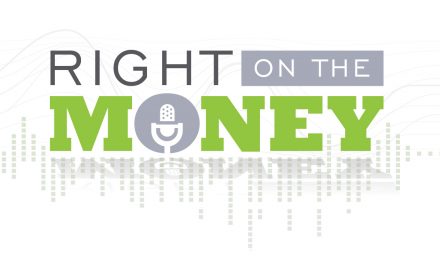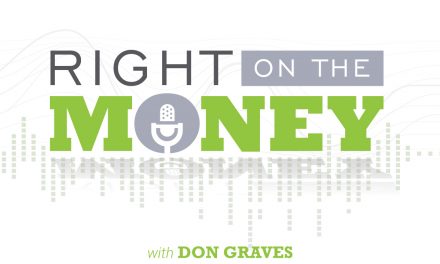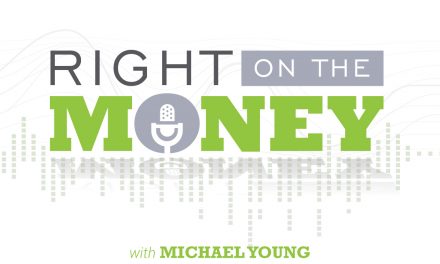Maintaining multiple positions in your portfolio is only the beginning of diversification. Financial products themselves need to be tax diverse, secure and insurance diverse. Distributions need to be time diverse: short-, mid- and long-term diverse, diversifying your assets for liquidity, income and growth. Watch the interview with registered investment advisor Anthony Cangemi.
Diversification takes many financial forms, especially in retirement. Your asset allocation mix should be determined by your risk tolerance and time-horizon goals. These two fundamental footings undergird the financial flooring of a well-built plan and are substantial components of your financial profile.
Time Horizons – Short-, mid- and long-term goals are financial milestones along the road of retirement. The function of your retirement strategy is to act like guardrails to keep you from going off the road or, in this case, going off plan. There are basically three time periods in retirement: The “Go-Go Years,” the “Slow-Go Years” and the “No-Go Years.” During the Go-Go Years, your discretionary spending is at its highest because you’re going out and going places all the time. But the Slow-Go Years begin to creep in as you value rest and relaxation more than spending the energy to go out. Then the No-Go Years arrive where there’s no place like home. Discretionary spending ends and spending on medical and elder care take over discretionary dollars.
Money is sometimes assigned to time periods like the importance of cash liquidity for short-term goals and unforeseen emergencies. Mid-term money may be categorized for times of transition, i.e., age 62 to age 70 where specific income is necessary to forestall Social Security income to maximize benefits and qualified plans are kept in accumulation mode until required minimum distributions take effect. Of course, income is also a long-term money position because you have lifetime bills to pay. And any monies not ear marked for bills and legacy planning can be placed in growth products determined by your risk tolerance.
Tax Treatment Taxes are the biggest expense in your annual budget. Later on in the No-Go Years, that may be surpassed by medical and elder care costs. There are tax types of money: taxable, tax-deferred and tax-free. Managing your distributions in retirement on the basis of the tax consequences could yield 10 to 15 percent more spendable income every year. Learning the basics of the tax system could be the best education course to take in retirement. Remember, an uneducated retiree is generally paying unnecessary taxes to the government. The tax code is convoluted and correlated to ensnare revenue. Learn to protect your income and you’ll have more of it to spend.
Syndicated financial columnist Steve Savant interviews retirement specialist and registered investment adviser Anthony Cangemi. Right on the Money Show is an hour long financial talk distributed to 280 media outlets, social media networks and financial industry portals.





